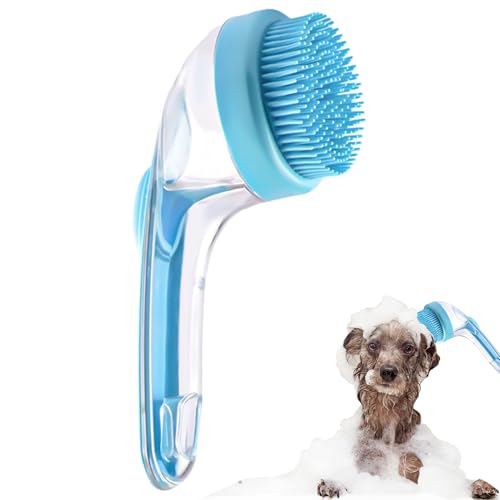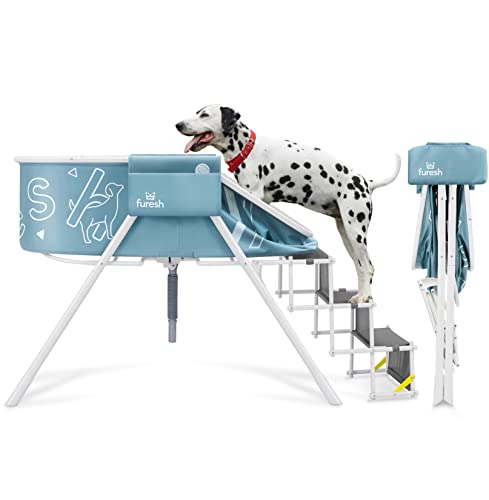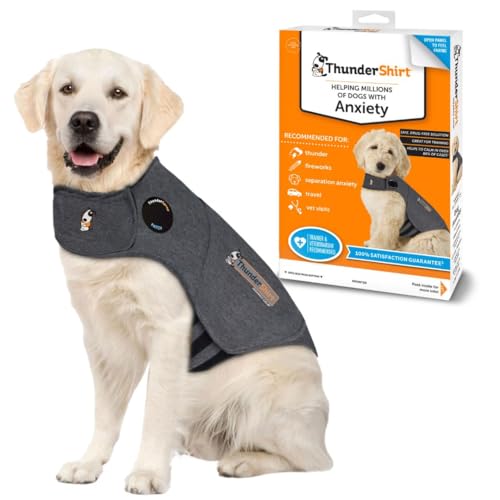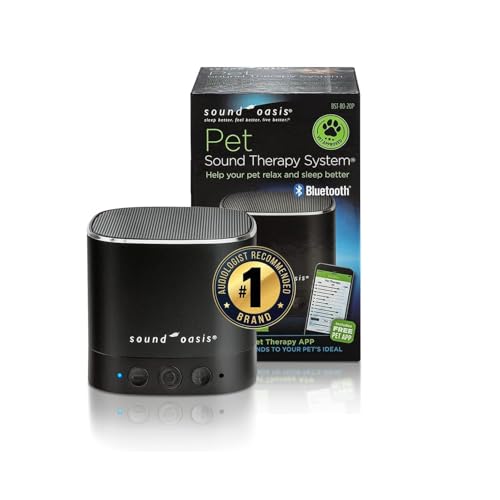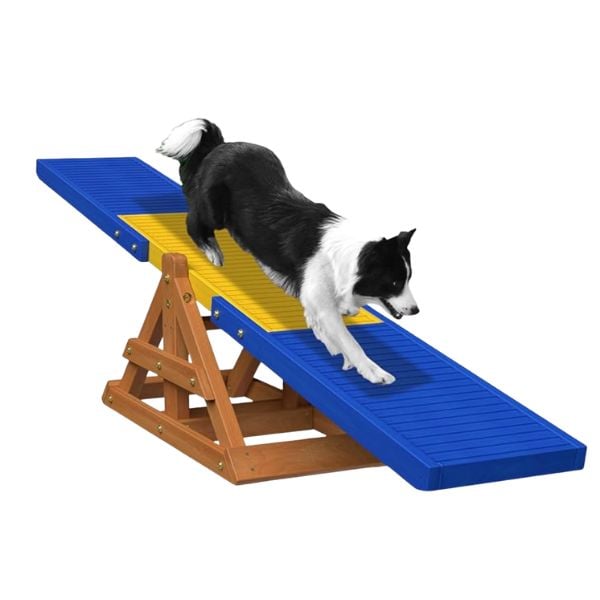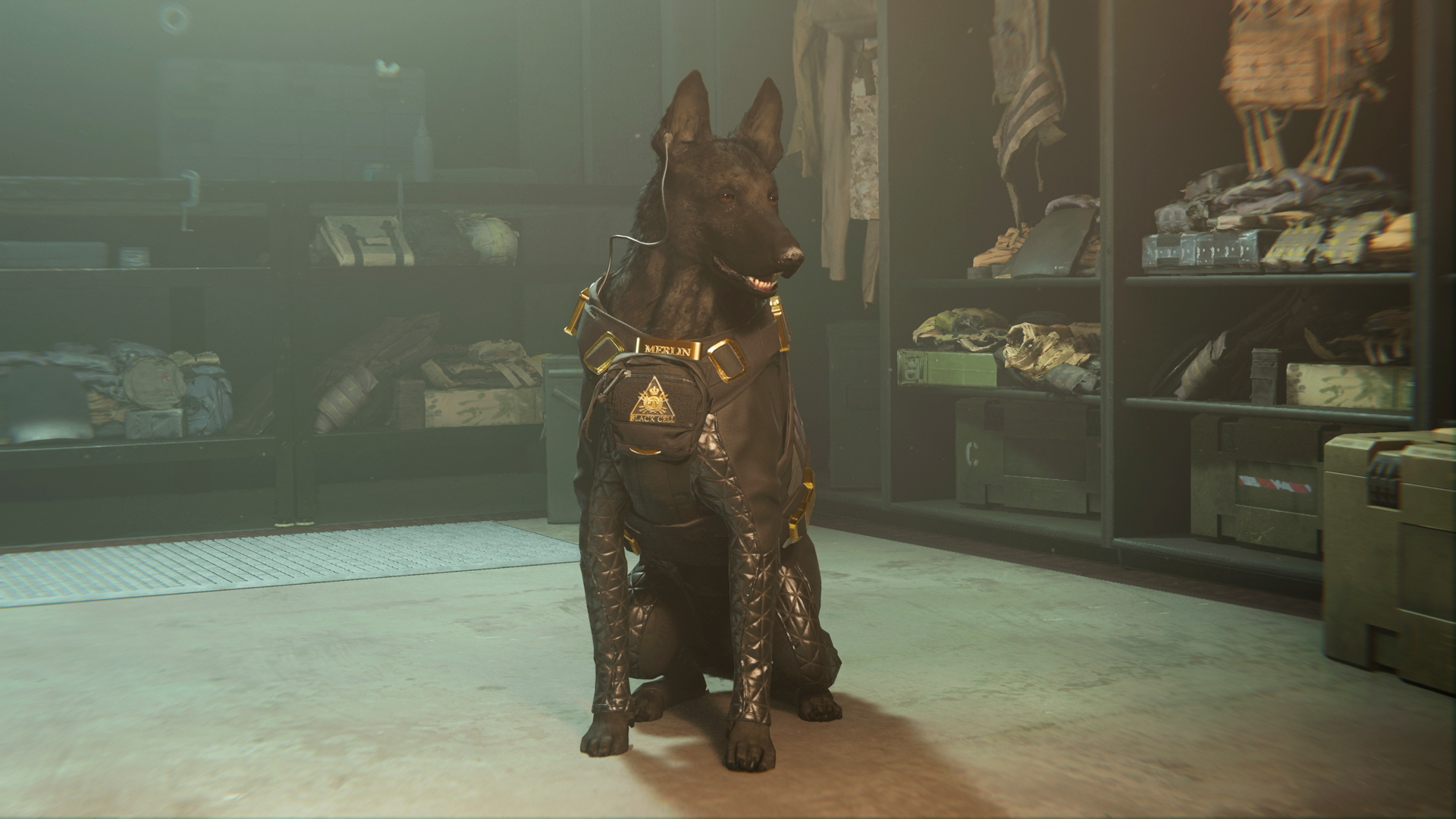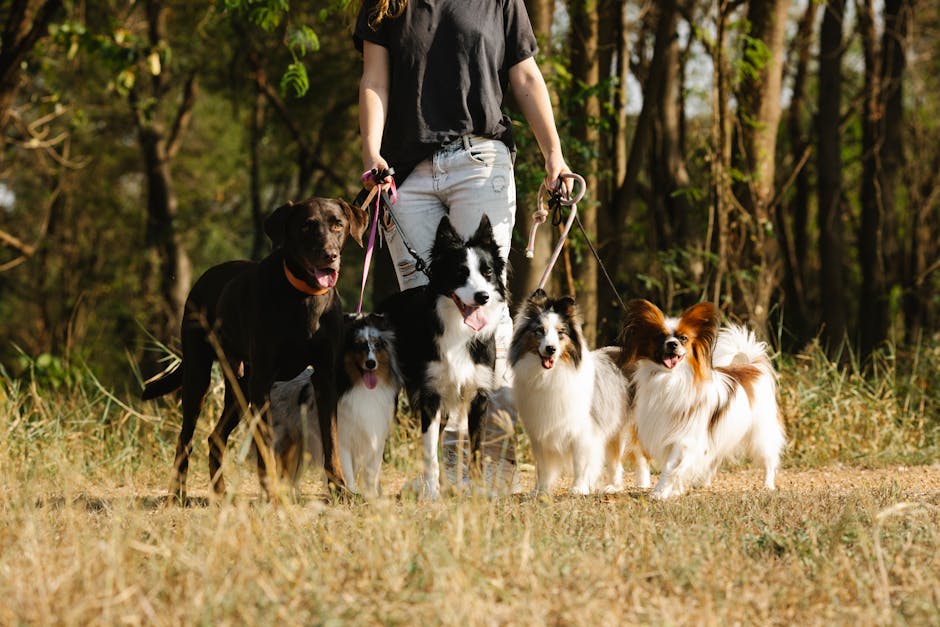How often should you bathe your dog? It’s a question every pet owner wonders about.
You want your furry friend to stay clean and healthy, but bathing too much or too little can cause problems. Finding the right balance is key to keeping your dog happy and comfortable. You’ll discover simple tips to know exactly when your dog needs a bath.
By the end, you’ll feel confident in giving your dog the care they deserve—without overdoing it. Keep reading to learn the secrets to perfect doggy hygiene!

Credit: sk.pinterest.com
Factors Affecting Bath Frequency
Bathing your dog is not the same for every pet. Several factors decide how often your dog needs a bath. These depend on the dog’s breed, health, and lifestyle. Understanding these can help keep your dog clean and happy without overbathing. Here are the key factors to consider.
Breed And Coat Type
Different breeds have different coat types. Some have thick, double coats, while others have short or curly hair. Dogs with oily coats may need more frequent baths. Breeds with water-repellent fur need fewer baths to keep natural oils intact. Long-haired dogs may need baths to avoid tangles and dirt buildup. Coat type affects how dirt and oils accumulate, changing bath frequency needs.
Age And Health Conditions
Puppies and older dogs have sensitive skin. Bathing too often can dry their skin or cause irritation. Dogs with skin conditions may need special shampoos and careful bath timing. Some health problems require less frequent baths to protect skin health. Always consider your dog’s age and health before setting a bath schedule.
Activity Level And Environment
Active dogs that play outside often get dirtier. They may need baths more often to remove mud and allergens. Dogs living mostly indoors stay cleaner longer. Dogs in humid or dusty places may need extra baths to stay fresh. The environment and activity level impact how fast your dog gets dirty.

Credit: parade.com
Signs Your Dog Needs A Bath
Knowing when to give your dog a bath can be tricky. Dogs don’t always tell you when they’re feeling grimy or uncomfortable. Watching for clear signs can help you decide the right time to freshen them up without overdoing it.
Odor And Dirtiness
One of the easiest signs to spot is odor. If your dog starts to smell musty or like wet dog, it’s time for a bath. Dirt and mud visibly clinging to their coat also signal the need for cleaning.
Think about your last walk—did your dog roll in something unpleasant or come back covered in dust? That’s a clear cue to wash away the grime and keep their coat healthy.
Skin Irritations
If your dog is scratching or biting at their skin more than usual, it might mean their skin is irritated. Dirt, allergens, or oil buildup can cause redness, flakiness, or bumps. Bathing with a gentle shampoo can soothe the skin and remove irritants.
Have you noticed your dog rubbing against furniture or carpeting? This behavior often points to discomfort that a bath might help resolve.
Excessive Shedding
Shedding is natural, but a sudden increase can mean your dog needs a bath. Dirt and dead hair trapped in their coat can make shedding worse. Bathing helps loosen and remove excess fur, making grooming easier for you and more comfortable for your dog.
Try bathing your dog before a heavy shedding season to reduce the amount of hair around your home. It’s a simple step that can save you time cleaning and keep your dog feeling fresh.
Choosing The Right Bathing Products
Choosing the right bathing products for your dog ensures a clean and healthy coat. Different dogs need different shampoos based on their fur type and skin condition. The right product helps keep your dog comfortable and smelling fresh after every bath.
Shampoos For Different Coats
Dogs have various coat types such as short, long, curly, or double coats. Use shampoos made for your dog’s specific coat type. For example, moisturizing shampoos suit dry and brittle fur. De-shedding shampoos help with thick, shedding coats. Picking the right shampoo keeps the coat shiny and soft.
Hypoallergenic And Medicated Options
Some dogs have sensitive skin or allergies. Hypoallergenic shampoos reduce irritation and itching. Medicated shampoos treat skin infections, fleas, or dandruff. Always choose gentle products for sensitive dogs to avoid discomfort and flare-ups.
Avoiding Harmful Ingredients
Check product labels for harmful chemicals. Avoid shampoos with parabens, sulfates, and artificial fragrances. These can dry out skin or cause allergic reactions. Choose natural, safe ingredients to protect your dog’s skin and coat health.
Step-by-step Bathing Guide
Bathing your dog can be a smooth and enjoyable experience if you prepare well and follow the right steps. Understanding the process helps reduce stress for both you and your furry friend. Here’s a clear guide to help you get your dog clean while keeping the experience positive.
Preparing The Bathing Area
Choose a quiet, warm spot where your dog feels comfortable. A bathroom or laundry room with a non-slip surface works best to prevent slipping. Gather everything you need beforehand—dog shampoo, towels, a brush, and a cup or sprayer for rinsing.
Make sure the water temperature is lukewarm. Too hot or too cold can upset your dog and make the bath harder. If your dog is nervous, try placing a rubber mat in the tub to give them secure footing.
Proper Washing Techniques
Start by brushing your dog to remove loose hair and mats. Wet your dog slowly, starting at the neck and working down to avoid startling them. Apply a dog-specific shampoo and lather gently, focusing on dirty or smelly areas.
Avoid the eyes, ears, and nose while shampooing. Rinse thoroughly to remove all soap, as leftover residue can irritate your dog’s skin. Ask yourself: Have you checked that your dog is comfortable throughout the process?
Drying And Post-bath Care
Use a towel to blot your dog dry instead of rubbing, which can tangle fur and irritate skin. If your dog tolerates it, a blow dryer on a low, cool setting helps speed drying. Keep the dryer moving and at a safe distance to avoid overheating.
After drying, brush your dog again to prevent mats and keep their coat smooth. Reward your dog with treats or playtime to create positive associations with bath time. How will you make your next bath even easier and more pleasant?
Bathing Frequency Recommendations
Knowing how often to bathe your dog keeps them clean and healthy. Bathing frequency depends on several factors, including breed, activity, and season. Following clear guidelines helps maintain your dog’s skin and coat condition. Here are key recommendations for bathing your dog regularly.
General Guidelines
Most dogs benefit from a bath every 4 to 6 weeks. Bathing too often can dry out their skin. Too infrequent bathing may lead to odors and dirt buildup. Use a gentle dog shampoo suitable for their skin type. Always brush your dog before a bath to remove loose hair and dirt.
Adjustments For Specific Breeds
Some breeds need more frequent baths due to their coat type. Dogs with oily coats, like Basset Hounds, may need baths every 3 weeks. Breeds with thick double coats, such as Huskies, require fewer baths to avoid skin dryness. Short-haired dogs usually need fewer baths than long-haired breeds. Consult your vet for breed-specific advice.
Seasonal Considerations
Bathing frequency can change with the seasons. In warmer months, dogs may get dirtier and need baths more often. Winter baths can be less frequent to prevent dry skin. After outdoor play or swimming, a bath helps remove allergens and debris. Adjust your schedule to keep your dog comfortable year-round.
Common Bathing Mistakes To Avoid
Bathing your dog is important, but mistakes can harm their skin and coat. Avoiding common bathing errors keeps your pet healthy and happy. Learn which mistakes to watch out for during bath time.
Overbathing Risks
Bathing your dog too often strips natural oils from their skin. This causes dryness, itching, and irritation. Most dogs need a bath every 4 to 6 weeks. Frequent baths can lead to flaky skin and a dull coat. Stick to a regular schedule based on your dog’s breed and activity level.
Using Human Products
Human shampoos contain ingredients harsh for dogs. These products can upset your dog’s skin pH balance. Use only shampoos made specifically for dogs. Dog shampoos clean gently and protect their skin barrier. Avoid soaps or lotions meant for people to prevent rashes or allergic reactions.
Ignoring Skin Conditions
Some dogs have sensitive or problem skin. Signs include redness, bumps, or hair loss. Ignoring these issues can make them worse. Consult a vet before bathing dogs with skin conditions. Special shampoos or treatments may be needed. Bathing without care can cause pain or infection.
Alternatives To Bathing
Bathing your dog too often can dry out their skin and coat. Alternatives to full baths help keep your dog clean without over-washing. These options are gentle and save time while maintaining your dog’s hygiene.
Dry Shampoo And Wipes
Dry shampoo is a powder or spray that cleans dirt without water. It absorbs oils and freshens your dog’s coat quickly. Wipes are handy for cleaning paws and small dirty spots. Both dry shampoo and wipes reduce the need for frequent baths.
Regular Brushing Benefits
Brushing removes loose hair and dirt from your dog’s coat. It spreads natural oils, keeping the fur shiny and healthy. Brushing also prevents matting and reduces shedding. A clean, brushed coat means fewer baths are needed.
Professional Grooming Services
Professional groomers offer thorough cleaning and coat care. They trim nails, clean ears, and remove mats safely. Groomers use special tools and shampoos suited for your dog’s skin. Regular grooming visits keep your dog fresh and healthy between baths.
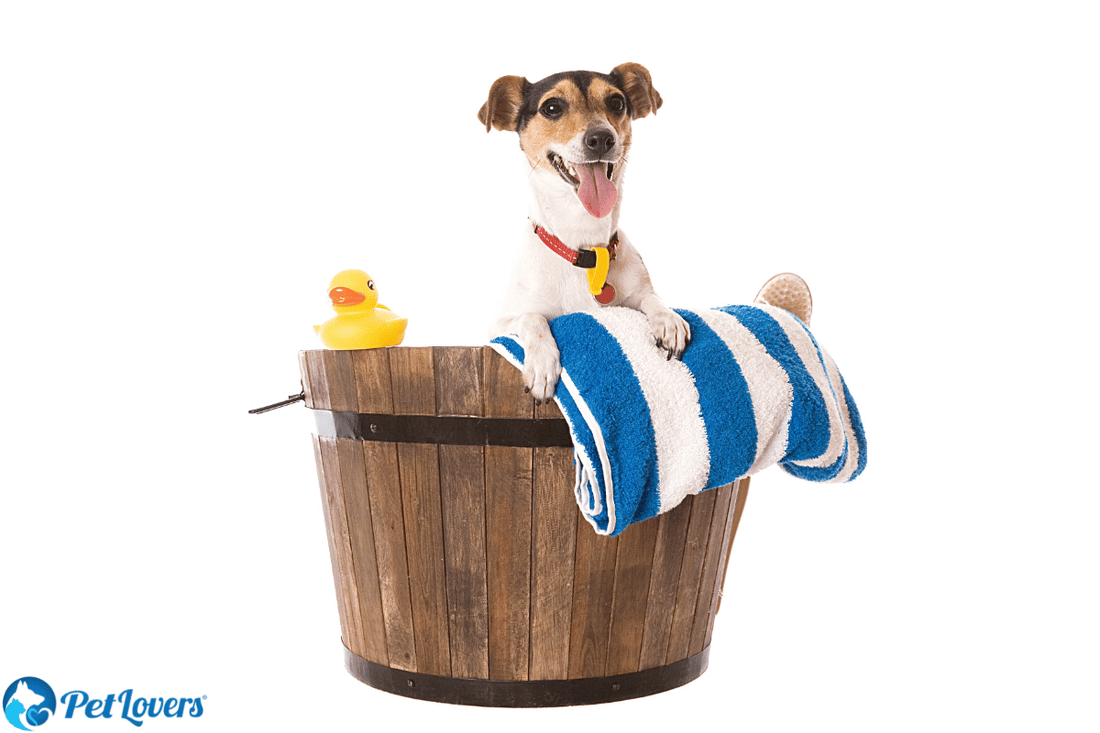
Credit: www.petlovers.com
Frequently Asked Questions
How Often Should I Bathe My Dog?
Most dogs need a bath every 1 to 3 months. Frequency depends on coat type, activity, and skin condition. Overbathing can dry out skin, while underbathing may cause odor and dirt buildup. Consult your vet for personalized advice.
Can I Bathe My Dog Weekly?
Bathing your dog weekly is usually unnecessary and may harm their skin. Frequent baths strip natural oils, leading to dryness and irritation. Only bathe weekly if your dog has specific skin conditions, and always use vet-recommended shampoos.
What Signs Show My Dog Needs A Bath?
Common signs include bad odor, visible dirt, greasy coat, itching, and dandruff. If your dog rolls in smelly substances or gets dirty often, more frequent baths may be needed. Regular brushing can also help keep your dog clean between baths.
Does Breed Affect Bathing Frequency?
Yes, breed and coat type influence bathing frequency. Dogs with oily coats may need baths more often. Breeds with dry or thick coats usually require fewer baths. Always consider your dog’s lifestyle and consult your vet for guidance.
Conclusion
Bathing your dog keeps them clean and healthy. Frequency depends on their breed, skin type, and activity. Too much washing can dry their skin. Too little may cause odor and dirt buildup. Use gentle dog shampoo and warm water. Check your dog’s coat and smell for signs.
Regular brushing helps reduce the need for baths. Clean dogs are happy dogs. Keep a routine that suits your pet well. Simple care makes a big difference for your dog’s comfort and health.

